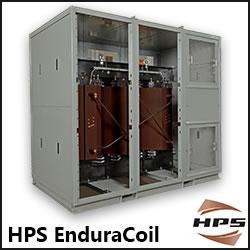Electrifying developments at ENG8
To kick off the process of validating its catalysed fusion EnergiCells in the UK, fusion specialists at ENG8 International have visited the UK Atomic Energy Authority (AEA) at Culham Science Park in Oxfordshire, where they are setting up a UK base, followed by an analysis at the University of Cambridge, Materials Science and Metallurgy Centre.
The team has already demonstrated a Q2 / over unity factor of between two (independently verified) and up to thirty (shown in the lab). The Q / over unity factor compares the electrical energy going into electrically and or thermal energy coming out of an EnergiCell.
This proves that catalysed fusion in an EnergiCell can generate energy that is safe, clean, and sustainable, with the potential to transform the energy industry.
Valeria Tyutina, CEO at ENG8, said: "These results really put us on the path to the commercialisation of the technology. One of the main tasks now is increasing the Q factor and continuing the validation process with independent expert authorities."
Fusion releases more than a million times more energy than chemical combustion processes and has the potential to produce vast quantities of clean energy using few resources, requiring only a small amount of fuel and generating limited carbon emissions and no ionised radiation. Once a catalysed fusion reaction is ‘ignited,' it will continue to burn for as long as maintained, providing a stable, cost-effective, source of green energy.
What is an EnergiCell?
ENG8's EnergiCell is comprised of casing, electrodes, a high voltage power supply unit and a pump to fuel and cool.
The primary fuel source is the H₂O molecule found in air and/or in water, and this is used inside the EnergiCell that creates plasma. The ionised hydrogen fuses in the EnergiCells releasing electromagnetic energy in the form of heat and light (photons) and electricity (electrons).
Using ENG8's proprietary intellectual property, including patent and pending patent applications, the amount of energy released is significantly greater than that used to initiate and maintain fusion.
It is anticipated that a commercial demonstrator will be operating during Q1 2024 and then production started to supply local industries with thermal, electrical and chemical power.
Register to stay up to date with the latest developments here https://eng8.energy/register/
Featured Product

